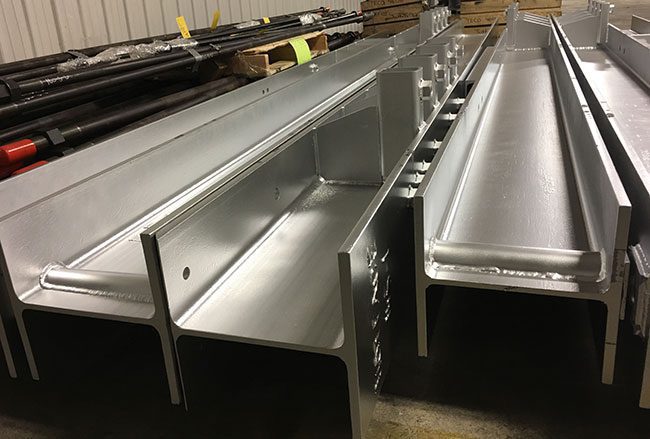Different Types of Wind Turbine Towers Made with Steel

Wind turbine towers are the response to increased demand for environmentally friendly energy. Population growth, economic development, and concerns about climate change have led to a boom in sustainable energy solutions like the wind turbine. Many types of wind turbines rely on steel for strong, safe, and effective operation. Take a look at steel-made turbines and their advantages over other materials.
The Latest Innovations in the Wind Turbine Tower Industry
Wind energy does not pollute the air or create harmful greenhouse gases. It emits no CO2, unlike fossil fuel based powers that rely on coal or natural gas combustion. Within just a few months of operation, wind turbine towers recover the energy they use during their build, operations, and dismantlement. To use wind turbines to their fullest potential, manufacturers make their main components out of steel.
Steel is strong enough to hold the turbine’s blades in place as they rotate, as well as provide a strong nacelle frame and machinery. The nacelle can weigh 300 tons and requires strong steel for safe operation. The nacelle contains high-value steels such as electrical steels that help conserve energy. The wind turbine tower industry has implemented steel in most components of the turbine to provide greater strength and durability.
Tubular Steel Towers
Most large tubular steel wind turbines rely on steel for its towers, manufactured in sections of 20 to 30 meters. Each section has flanges at either end. Workers bolt these sections together on site. Tubular steel towers, as the name implies, are conical, with their diameter increasing toward the base. This increases the tower’s strength and saves materials. The advantage of steel in this tower is to provide a strong enough base to support the height and the heavy weight of the turbine. Steel is also a flexible enough material to allow for the conical shape of a tubular steel tower without breaking or resisting pressure.
Lattice Towers
Lattice towers have welded steel profiles instead of steel sheets. Lattice towers provide the advantage of a smaller cost investment compared to others, since they use about half as much material as tubular towers. Yet the lattice tower still provides similar stiffness and reliability as tubular towers. Steel enables this type of wind turbine to exist using fewer materials because of the metal’s incredible strength. Lattice towers allow wind to pass through the base and tower sections, decreasing the pressure and resistance on the structure. One disadvantage according to some people is the appearance of lattice towers. Aesthetic complaints have led to a marketed decrease in the use of lattice towers for modern wind turbines.
Bolted Steel Towers
The bolted steel wind turbine tower consists of several tower sections, each mounted on top of one another. These sections are made out of steel shells that workers assemble on site. The steel shells are bended steel plates, which are then bolted together with tension-controlled bolts to form the tower. Bolted steel towers allow for very tall hub heights (there is no restriction on the maximum hub height) and low transportation requirements. The towers are easy and fast to erect and require low maintenance throughout their lifetime.
Steel Hybrid Towers
Steel and concrete hybrid towers are ideal for taller turbines, as they bring the best of both materials. Taller towers do not need as great a diameter, reducing the number of trees that must be cut down. Many experts in the industry believe that concrete-steel hybrids are the future. Concrete bottom sections with tubular steel upper sections can deliver the greatest height and stability.
Steel provides effective protection from corrosion, a strong and reliable way to seal towers, and a solution to building taller and more-efficient wind turbines. Come to Swanton Welding Company, Inc. for custom welding and metal fabrication for all types of steel wind turbine towers. Contact us today for more information.

